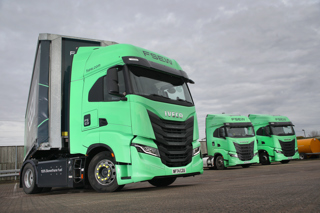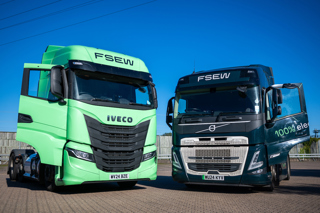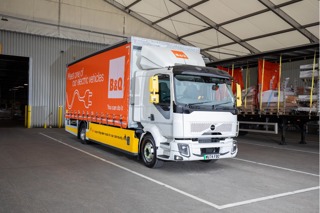The Iveco Stralis NP has been ranked as the most fuel efficient truck when compared to its key rivals, according to tests carried out by European truck magazines.
The gas-powered Stralis NP 460 uses 15% less fuel than a diesel equivalent. It also does without AdBlue, providing further savings.
More than 3,000 Stralis NP are being used in the fleets of more than 400 logistics operators on the major European transport route and Iveco has already registered more than 1,000 orders in 12 European countries just eight months after its launch.
The diesel-powered Stralis 480 XP also ranked among the top performers in the tests.
Pierre Lahutte, Iveco brand president, said: “We knew our latest Stralis 480 XP was very good and positioned already among the top market players in terms of fuel efficiency, but our Stralis NP 460 achieved breakthrough results in recent tests conducted by leading European publications in real driving conditions. It tops the ranking with a significant margin over all traditional diesel trucks.
"The tests confirmed the resulting savings for the owner compared to the diesel equivalent, with no compromise on performance and better comfort due to the quiet operation and lower vibrations.
“In a year, a Stralis NP 460 clocking up 150,000 km can deliver savings in excess of 10,000 euro on the owner’s TCO compared to an equivalent truck running on diesel and urea.”
The Stralis NP 460 has a range of up to 1,000 miles and delivers a performance that is equal to an equivalent diesel truck.
Iveco says logistics operators looking to convert their fleets to natural gas can rely on a fast expanding LNG distribution network, supported by European Commission initiatives such as the Blue Corridors Project and government incentives introduced across Europe to encourage the widespread use of natural gas and biomethane in transport.
The network today covers the main European freight routes with over 150 refuelling stations and is expected to reach more than 300 stations by the end of 2018. This development is accompanied by an increase in the production and transport capacity of LNG to meet the growing demand.



















Login to comment
Comments
No comments have been made yet.